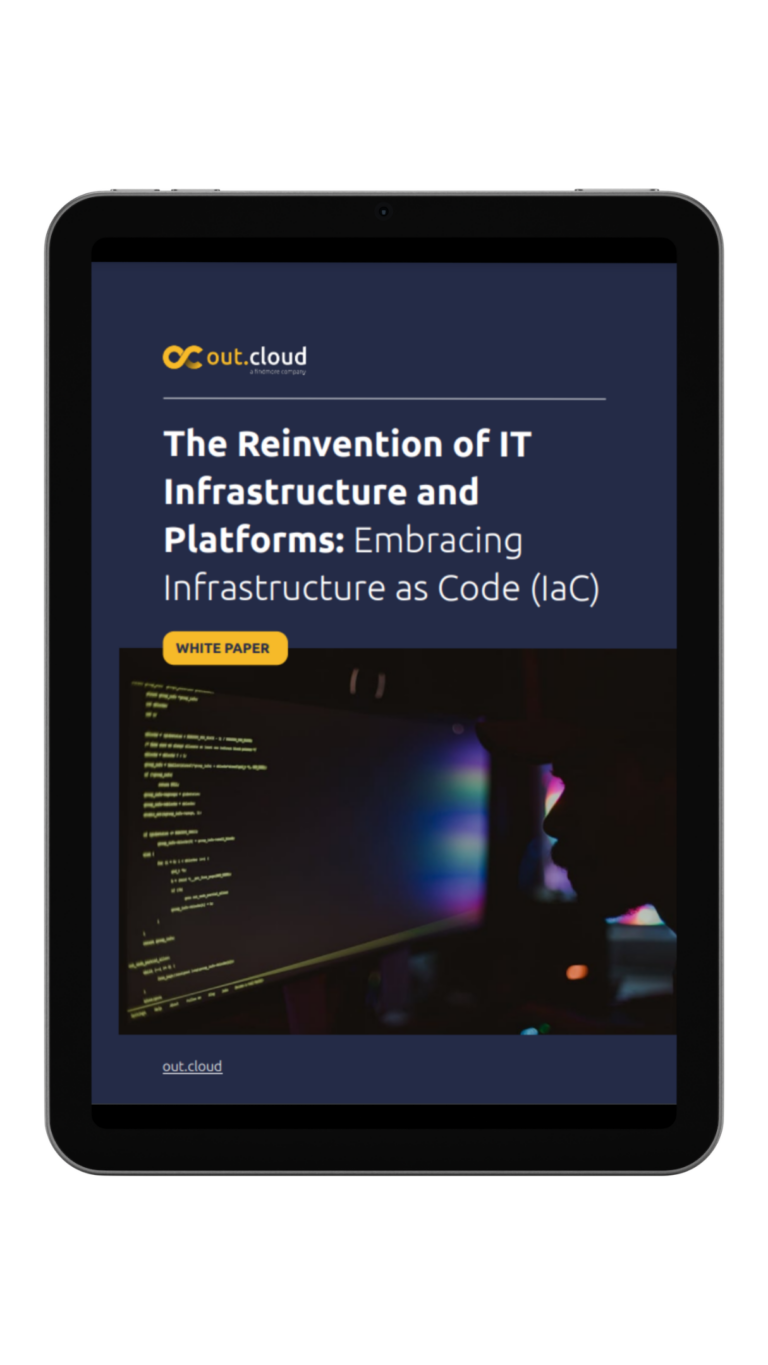Keeping a business activity requires plenty of time and effort. For developers, that means typing as life depended on it while focusing on numerous and demanding processes. Yet, serverless computing has presented the IT industry with innovation, making work easier and this is especially true for businesses who are looking for a trusted service provider.
At this stage, you might be asking yourself what is serverless computing and if you’re thinking it means discarding servers, not quite. It’s, in fact, based on hosting precious data and information.
Serverless Computing Explained
Let’s not keep you waiting. Serverless computing is nothing more than a cloud execution model, where cloud providers govern the allocation and provisioning of servers. Essentially, a partnership of this nature works in a simple manner: it’s the provider’s function to manage the resources and storage needed in order to carry out a particular piece of code.
Keep in mind that, although the name serverless keeps popping up with frequency, there can be a tendency to assume that no physical servers are used. In reality, physical servers are still very much needed but for developers being aware of this is as crucial as knowing at what speed is the earth is spinning.
Naturally, this wasn’t always the case. Although now developers main concern is set on building the Crème De La Crème of web applications, in the past, there was only one option when it came to building an application: owning physical hardware in order to run a server, a must that turned into an expensive investment and ultimately, pushed budgets to alert status.
Later on, the cloud came along, and renting servers became a revolutionary move to this day. Now, serverless computing gives developers the option to pay depending on the consumption. In other words, service is charged on what it’s used and nothing more.
So far so good but, why use a serverless architecture? Choosing this approach is all about providing a path when it comes to the creation of modern applications, giving developers the means necessary to focus on the core product without worrying about specific aspects, such as server management, among many other requirements. This has several advantages for developers, such as the reduction of time in developing products and the overall effort needed to ensure every parameter is met.
Advantages of Serverless Computing
With the launch of Serverless computing innovation came with it, as well as the higher performance of applications, boosting businesses results. Naturally, many cloud providers invested significantly in serverless and, as you would expect, this is all due to the plenty of advantages it brings to the table and here are a few of them:
Scalling
No matter how the load on the function grows, the vendor’s infrastructure will follow, making in an instance thousands of copies of the function, scaling up to accommodate the surge. Of course, all of this rests on the number of requests received.
Reduced Costs
Product development isn’t a walk in the park. In truth, it takes time, effort, and corrections. Although issues can happen, no developer on earth wants to think of the possibility of problems when designing a product for launch. Yet, these things happen. The question is, how can you keep money from slipping away? Easy, through serverless computing that Out.Cloud provides, such as Azure, AWS, or Google Cloud, which lowers development costs in a major way. To rephrase it: by renting infrastructures your business can save you time and money.
Quicker release cycles
By being able to take advantage of quicker release cycles, you can benefit from fast app deployments, this in turn translates into quicker updates that move in a faster way.
Security
In any business, security is a must and this is especially true in the IT industry. When it comes to secure infrastructures, it’s once again the provider’s role and responsibility to ensure safety from the potential problem, such as attacks. Yet, it’s important to note that the client also bears some responsibility.
Overall, all of this comes together as a beneficial investment for businesses since it provides faster delivery to the market due to smaller deployable units, providing adaptability to change. Of course, it’s crucial to mention that serverless computing also supports developers. Besides ensuring your tech talent can focus on launching applications that will turn your competitor’s heads around, going serverless gives way to quicker setups, leading to a goal for many: scalability
In sum, for those so spend their day’s building apps, serverless cloud architecture has become a shift in the constant progressive history of the IT industry. More than ever, a business can save time and change their approach in order to achieve a more balanced investment. Serverless computing has provided a wave of agility, as well as an environment of collaboration and improvement.






